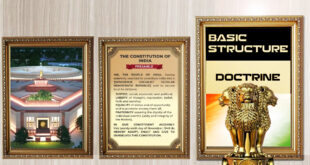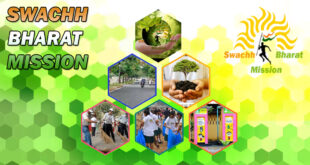Every reporter’s dream is breaking news. We grab opportunities to do this with excitement and a tinge of nervousness. But there are occasions when bosses tell us that what we did was good, but not enough, and that we need to go behind the scenes to find something more. It was 1994. Inside the heavily sanitised and guarded operation theatre at Delhi’s All India Institute of Medical Sciences, India had created history. Cardiovascular surgeon Dr. P. Venugopal and his team of 20 doctors had successfully performed the first heart transplant surgery in the country. As doctors celebrated the moment, the large posse of mediapersons stationed there were allowed a glimpse of the recipient through a glass pane of the ICU. At the press conference that followed, details about the surgery were doled out. After the press conference, I drove back to office in a daze, preparing the paragraphs to be written. But when I shared the details of the story with the bureau chief, Harish Khare, he asked, “But what is the real story?” My jaw dropped. “This is the story that all newspapers will write about tomorrow,” I protested feebly. He smiled and asked me to return to the hospital to find out the identity of the donor. I was crestfallen — not only was I not going to be able to do the story as planned, but the doctors had told us that it was against medical ethics to reveal the donor. With the help of our sources, how photographer Shankar Chakravarty and I managed a doctor’s apron and entered the record room to get the name and address of the donor is another story. We reached the donor’s house on the outskirts of Delhi around 10 p.m. and found a man mourning with his three small daughters. When I told him the purpose of my visit, he broke down saying the limelight had been hogged by the doctors. His 35-year-old wife had died after severe dehydration, and the doctors had talked him into organ donation. “I agreed to give away her heart, kidneys, eyes and liver so that six others can live. But there is no mention of us,” said the man, a Delhi Police constable. It was past midnight when we returned to office, but Mr. Khare and the News Editor, Y.P. Narula, were waiting for us. Write fast, I was told. But my mind froze. Mr. Khare then sat down at my desk, asked for details, and helped me write the opening lines. With a photo of the woman, the story, “Rajeswari lives on after death”, made it to the front page as the main story. When we all left office at 2 a.m., we knew we had a touching story that no one else had. What followed was heart-warming. Upon reading the article in The Hindu , the Police Commissioner, the Chief Minister, and the Health Minister felicitated the donor’s family, and the recipient’s family reached out to the little girls with gifts. The doctors had given the recipient three months, but he lived for 15 years. I followed up with both the families for seven years. The doctor’s association boycotted me for some time. But donors’ families from subsequent organ transplant surgeries reached out to us at The Hindu because they felt a sense of pride in their gesture and we had acknowledged their noble act in our columns to encourage more families to donate. Even today, my mind often wonders whether we violated medical norms and were wrong in approaching the donor’s family. But what harm did it really cause?
Check Also
Joint Parliamentary Committees (JPCs): Scrutinizing the Executive
Introduction In a parliamentary democracy, ensuring accountability of the executive is paramount. Joint Parliamentary Committees …
 Chinmaya IAS Academy – Current Affairs Chinmaya IAS Academy – Current Affairs
Chinmaya IAS Academy – Current Affairs Chinmaya IAS Academy – Current Affairs



